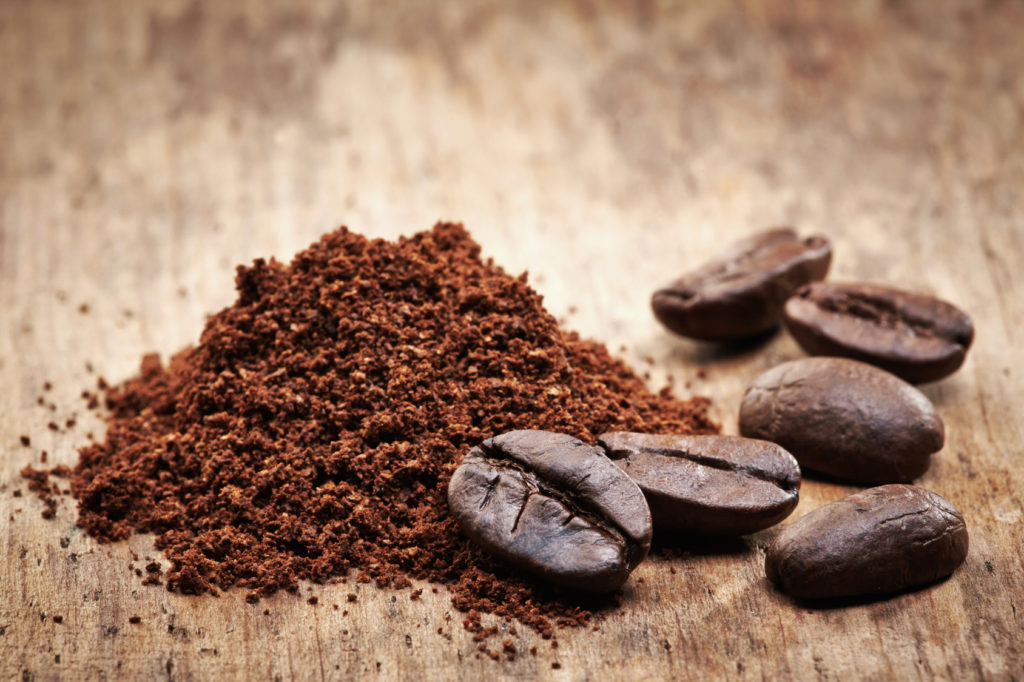
Starting the day with a fresh cup of coffee is an important part of many people’s daily lives all around the world. We all know good effects of coffee. But what sets a good cup of coffee apart from a bad cup? And how can coffee lovers ensure that they are doing all of the right things during their favorite morning routine?
Coffee experts generally agree on two main factors that determine the quality of a cup fresh brew. It all boils down to:
- The consistency of the grind
- The freshness of the beans.
Electronic blade grinders are widely used today to grind coffee beans, but have the major disadvantage of grinding beans into inconsistent, uneven sizes. This results in a much lower quality taste. Manual grinders work by crushing beans into even sized pieces, resulting in a better taste and a more consistent grind. The simple science behind this is that with the inconsistent grind of electronic blade grinders, the smaller pieces start to burn before the larger pieces even get hot during the brewing process. This is what disrupts the quality of the taste.

Hand-ground coffee might sound a bit like a nostalgic novelty in our present-day technologically obsessed world. While it may seem that the hand-grinder has become a thing of the past since the invention of the convenient electronic coffee grinder, there are actually many advantages to using a hand-grinder that cannot be achieved quite the same with an electronic grinder.
Top Advantages of Using a Hand-Grinder
- Better tasting coffee due to the even consistency of the grind.
- Hand-grinders are quiet and perfect for early-morning use while others are in the house still asleep. Much quieter than its electronic cousin.
- Longer lasting. Since hand-grinders do not rely on technology or electricity, they tend to have a much longer life.
- Light-weight. Hand-grinders can be brought along on camping trips and vacations and pack-up easily.
- Convenient way to avoid the taste of stale, pre-ground coffee. Hand-grinders make it possible to enjoy a fresh cup of coffee anytime, anywhere.
- Better tasting coffee since manual grinders do not heat up the coffee beans at all like electronic grinders do.
It truly is a pleasure to grind coffee with a good quality hand-grinder.
Making the Perfect Cup of Coffee with a Hand-Grinder

Coffee lovers all over the world would agree that enjoying a perfect cup of coffee first thing in the morning really sets the tone for the day. But something as simple sounding as making a cup of coffee might not actually be so simple. There are many varying factors which can affect the level of quality, taste, and freshness. Here are some tips to make sure you’ve got it all down.
- Determine which type of roast you enjoy most. Lightly roasted coffee beans will contain more caffeine but a lighter taste. Dark roast coffee has less caffeine but a stronger taste. Medium roast will be in between the two.
- Make sure the coffee beans are fresh. Older coffee beans will result in a stale tasting cup of coffee. Coffee beans taste best when used within a few days after roasting. The best way to find fresh beans is by buying from a local roaster or roasting your own. Always store coffee beans in an airtight container to preserve freshness.
- Measure and hand-grind your coffee beans. Always grind the coffee beans fresh for each cup of coffee. The ratio is 2 tablespoons of ground coffee for every 6 ounces of water, which equates to one cup of coffee. Anything less than 2 tablespoons per cup of coffee will result in a weak taste. Many coffee gurus swear by using a scale to measure their coffee grounds before brewing to ensure the perfect ratio.
- Start out with cold filtered water. Ensuring that the water is a cold temperature and filtered will make a big difference in the quality of the taste.
- Do NOT bring water to a boil. Water boils at 212 degrees Fahrenheit which is too hot to brew coffee, this will cause the coffee grounds to burn and will produce a bitter taste. A temperature between 195-202 degrees Fahrenheit is the perfect temperature to brew coffee.
- Rinse your coffee filter before using. A coffee filter should always be pre-moistened. Do not use cheap or bleached coffee filters. Look for “oxygen-bleached,” “dioxin-free,” or long-lived gold-plated filters. Good quality filters help to make the best tasting batches of coffee.
- When pouring the hot water over the grounds, be sure to pour slowly and evenly. Grounds should puff up but should not be overly saturated with water at any given point in time during the pour process.
- Fresh coffee should be consumed soon after brewing. Pre-made coffee will not taste fresh hours after it is made. It is best to make a fresh cup from scratch each time.
These points are geared toward the pour-over method of making coffee, but the principles can be applied to most methods, including making coffee in a French press or drip machine.
Now you have all the tools to make the best cup of hand-ground coffee. The tips we’ve provided will help you optimize your morning coffee routine and ensure the best tasting cup every single time. Enjoy!
